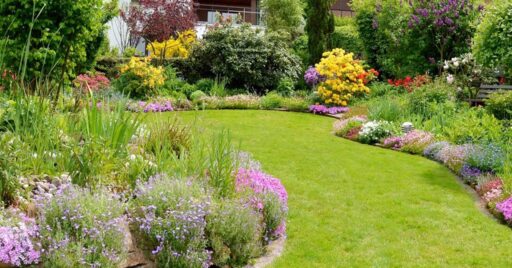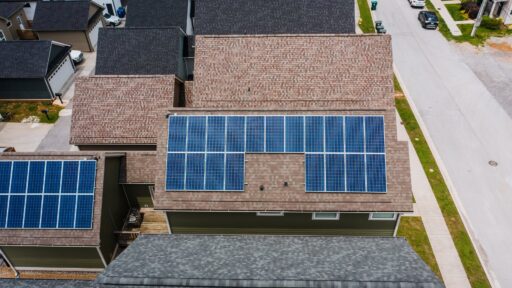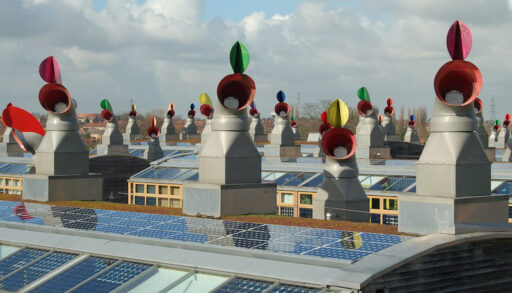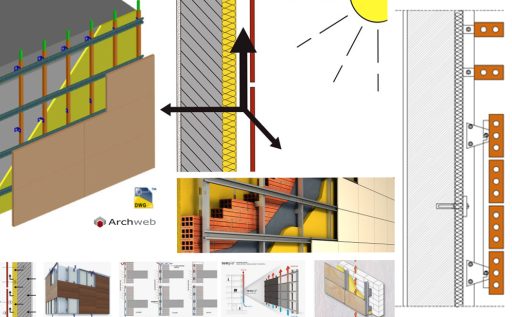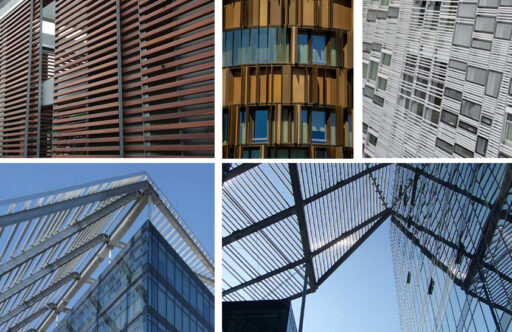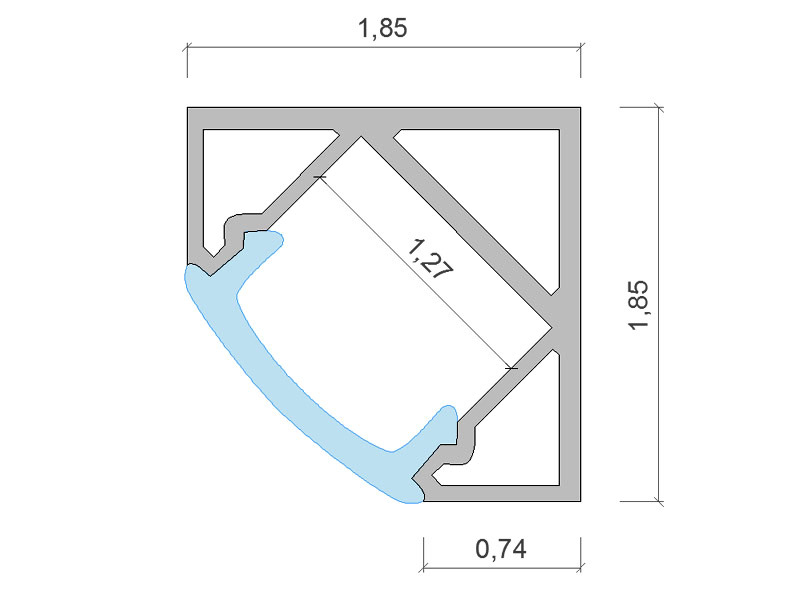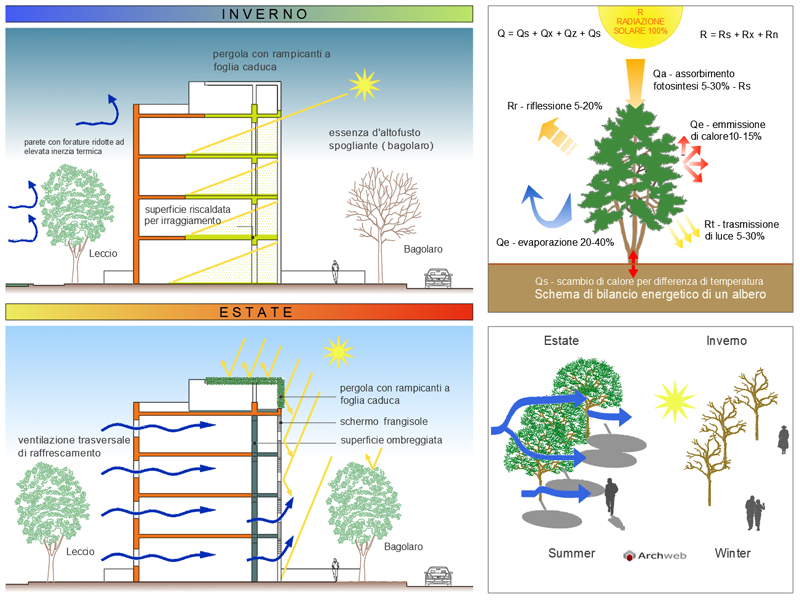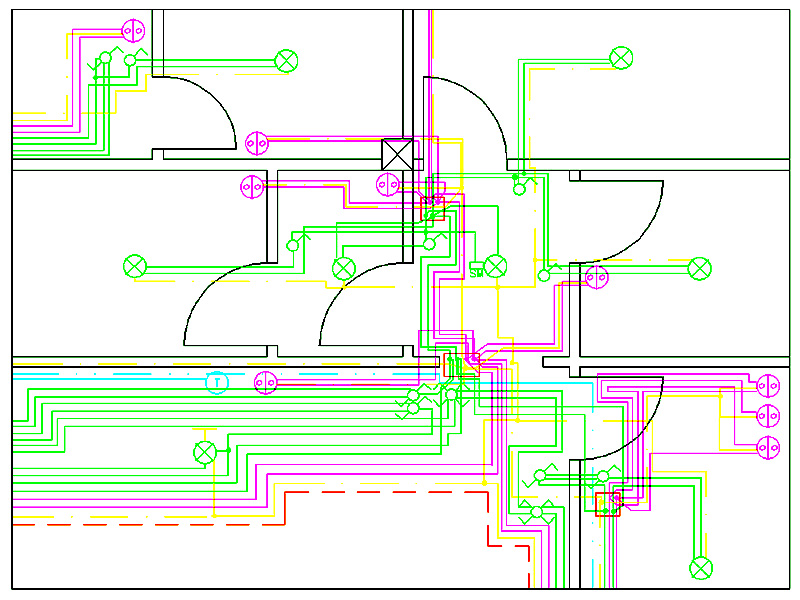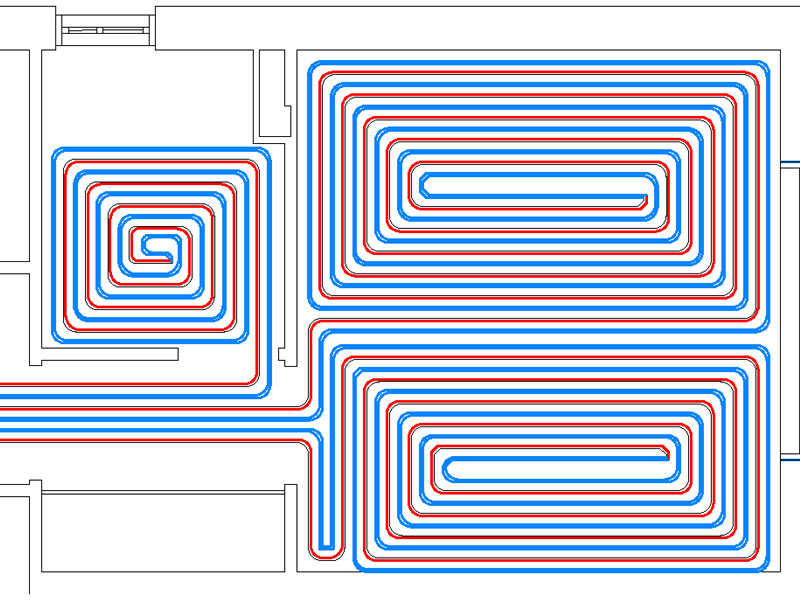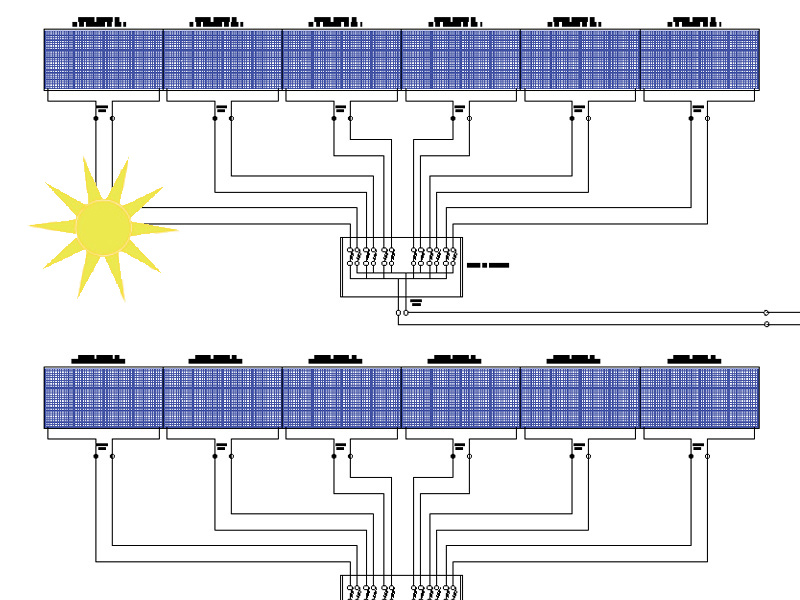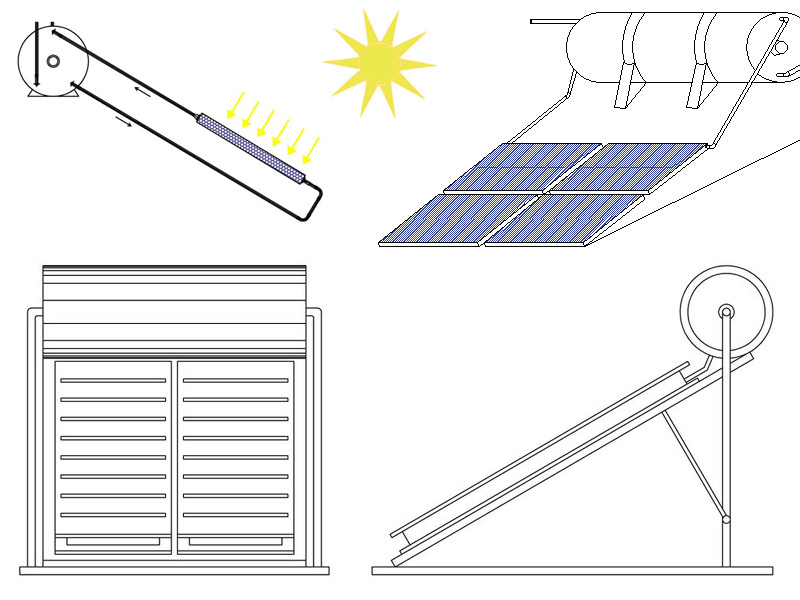Low energy room project
Consume less energy and use renewable energy sources
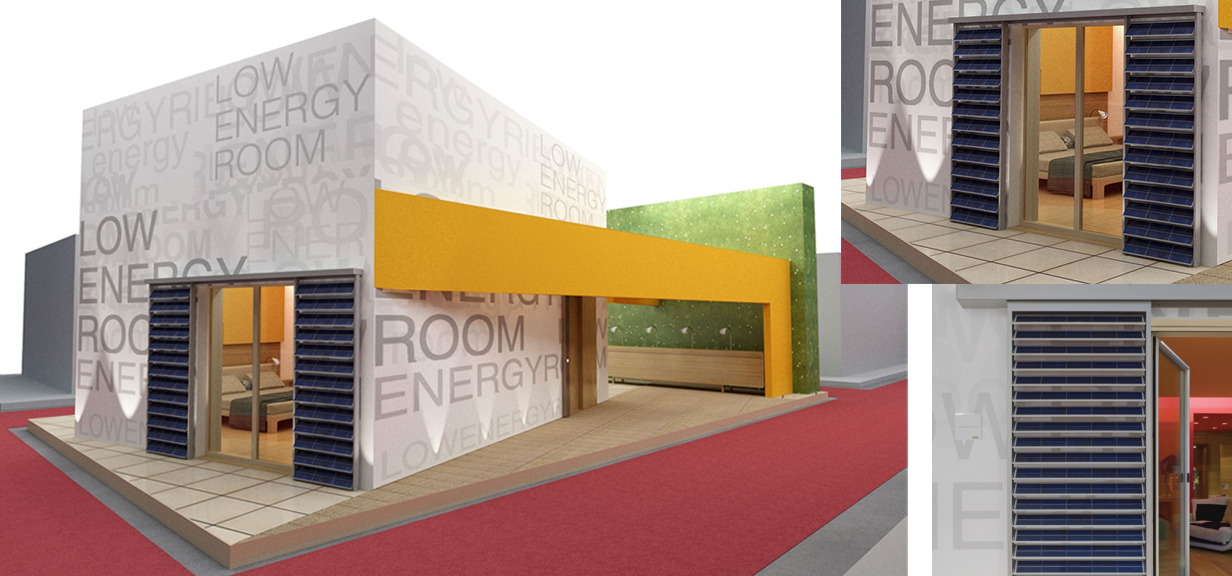
We are in a phase of evolutionary change in the history of living, due to the strong limitations of fossil energy resources. A process that will see the building and construction as a whole as the protagonist and will have an essential point of arrival: consuming less energy and using renewable energy sources.
The mission of the LOW ENERGY ROOM project is to address all tourist properties that need to adapt to the new directives issued by the European Community and the Italian State, on the subject of the energy performance of buildings.
With these premises, the working group gathered around the LOW ENERGY ROOM project operates with a perfect integration of skills and a common dialogue to obtain maximum results. Set up by the Arch. Renata Giacomini, from the engineering company Engteam s.r.l. and by the Arch. Alberto Pasetti, coordinated by the company Giacomini Concept srl, proposes the project of a hotel room with technologically advanced contents that allow the reduction of renovation times, management and operating costs to offer the guest maximum comfort. A room where technique and aesthetics dialogue through constructive solutions of the various elements, like actors on a film set directed by an attentive director.
Another important aim is to make all the technologies aimed at reducing consumption visible and understandable, integrating them with the furniture and interior design project.
For example, through the use of plasterboard and soundproofing panels, the electrical and mechanical systems are housed under the skin of the original masonry, saving demolition costs. Furthermore, air conditioning with radiant wall and ceiling panels provides better well-being conditions linked to the exchange of heat by radiation and the low speed of the air in the room.
The lighting design of the room and bathroom module is based on the optimization of the flows generated by LED or fluorescence sources, characterized by high luminous efficiencies. Consumption is reduced to what is strictly necessary, in addition to the significant reduction in maintenance costs. Furthermore, the soft lights are able to produce hotter or colder flows as desired, depending on the specific needs of the user.
The photovoltaic shutter proves to be an intelligent and aesthetically pleasing solution, guaranteeing a reduction in heat input, partially contributing to the energy needs of the structure. The choice of furnishing and covering materials is dictated by the principle of the use of renewable resources through controlled forestation.
The appointment with the vision of the realization of this innovative project is approaching: from 19 to 23 October next in Milan, within Host, the international professional hospitality exhibition, PAD 2 STAND S32 T25 it will be possible to know all the details. The project will take shape thanks to the contribution of internationally renowned companies (see box below) who have actively contributed to the realization of the LOW ENERGY ROOM. We wrote it at the beginning: if desired (and well planned), energy saving can enter hotels, but also homes and buildings, like a welcome guest.
THEY CONTRIBUTED TO THE CREATION OF THE “LOW ENERGY ROOM” PROJECT:
Internorm for windows with very high thermo-acoustic efficiency; Abbablind for shutters with photovoltaic; FornaciCalceGrigolin with the insulation system of the external walls in wood fiber or cork; Rehau for the wall and ceiling radiant system; Aetolia for the acoustic panels obtained from recycled car tyres; CeramicaFlaminia with Linea Una products, particularly suitable for use in hotel architecture and renovations; Iris Ceramica for ceramic floors compliant with Anab requirements for green building materials; Flaminio Marin for F.S.C. certified wood; the taps from Hansgrohe for water reduction and the Pontos water recovery system; the Glass Pharo showers, the low consumption lamps by S.I.L.E.; Intertecnica Arredamenti for furniture veneered with F.S.C. certified wood. ; the customizable Rei 30 G.D.Dorigo doors; the management system of the VDA – Biticino hotel, in the control of room temperatures, right down to the Decortex fabrics and the completely wooden Twils beds, with mattresses without iron springs to eliminate magnetic fields; finally, the Desire’e’ sofas.



























































